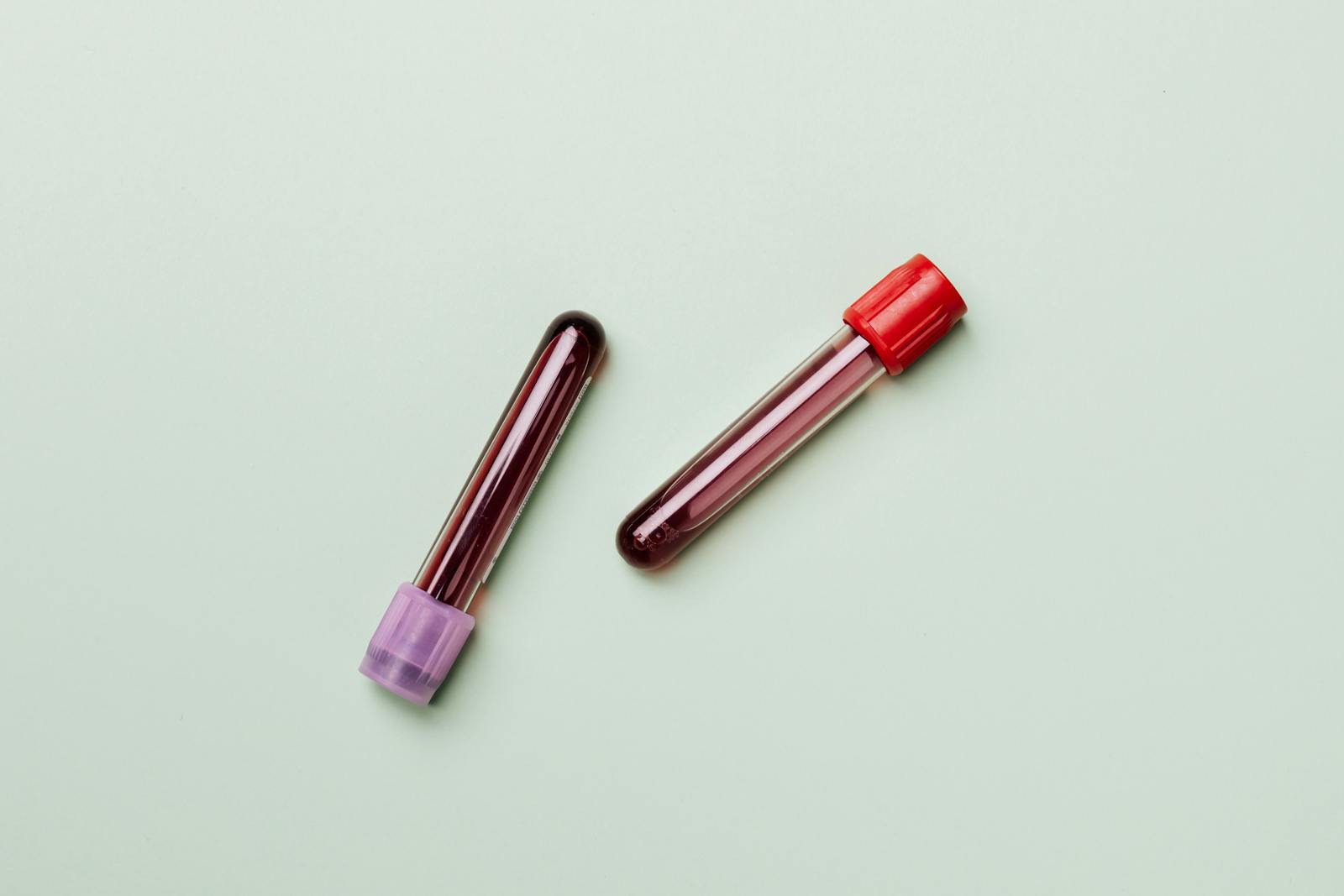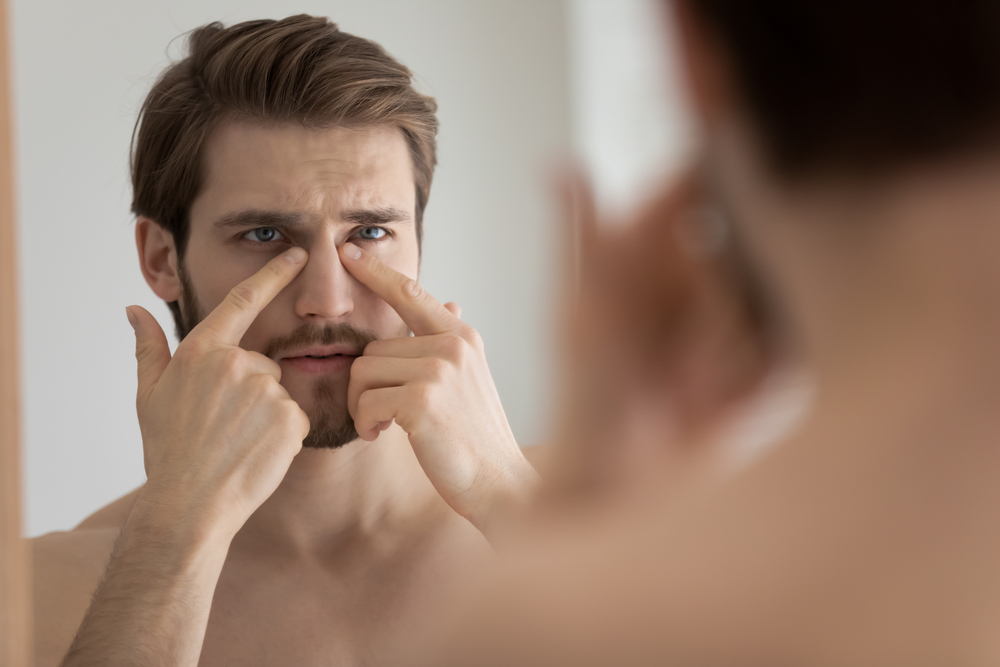A study that could provide us with a better understanding of cancer and stem cell research uncovers a biological clock in our genomes that affects how our bodies age. And a surprising finding reveals that the tissue in women’s breasts is biologically older than the rest of the body.
The study was carried out by Steve Horvath, professor of human genetics and biostatistics at the University of California, Los Angeles (UCLA). His findings were published in the journal Genome Biology.
“To fight aging, we first need an objective way of measuring it,” Prof. Horvath explains. “Pinpointing a set of biomarkers that keeps time throughout the body has been a 4-year challenge.”
He says he focused on methylation – a process that chemically alters DNA – in order to create a clock to measure aging. His research is the first to classify an internal measure of time that correctly identifies the age of human organs, tissues and cell types.
“My goal in inventing this clock is to help scientists improve their understanding of what speeds up and slows down the human aging process,” he adds.
Age discrepancies: healthy and cancerous tissue
Findings from the study showed that in women with breast cancer, the healthy tissue next to the tumor is typically 12 years older than the rest of the body.
Prof. Horvath analyzed 121 sets of data on methylation in both healthy and cancerous human tissue that was previously collected by researchers. The data included almost 8,000 samples of 51 types of tissue and cells from all throughout the body.
He looked specifically at how age affects DNA methylation levels beginning from pre-birth and ranging up to 101 years, resulting in 353 markers that change with age.
When he tested his clock’s performance by comparing the biological age of a tissue with its chronological age, he found the clock was repeatedly accurate.
Although most of the biological ages of the samples matched their chronological ages, he found that the breast tissue in women ages faster than the rest of the body.
Prof. Horvath says:
“Healthy breast tissue is about 2 to 3 years older than the rest of a woman’s body. If a woman has breast cancer, the healthy tissue next to the tumor is an average of 12 years older than the rest of her body.”
He notes that his results could provide an answer for why cancer of the breast is the most common form in women.
Additionally, since his clock ranked tumor tissue on average 36 years older than healthy tissue, he suggests this could be why age is a major risk factor for cancers in both males and females.
Setting the clock back to zero
Looking at pluripotent stem cells – adult cells that are reprogrammed to an embryonic stem cell-like state – Prof. Horvath found that all stem cells are newborns.
“More importantly,” he says, “the process of transforming a person’s cells into pluripotent stem cells resets the cells’ clock to zero.”
His discovery shows that, in principle, scientists may be able to “rewind” the body’s biological clock and set it to zero.
Prof. Horvath says that the most important question from his finding is whether or not the biological clock controls a mechanism that leads to aging. “If so,” he says, “the clock will become an important biomarker for studying new therapeutic approaches to keeping us young.”
UCLA has filed for a patent on Prof. Horvath’s clock, and his next round of studies will analyze stopping the body’s aging clock, and whether this will stop the aging process or increase cancer risk.
Medical News Today recently reported on a study showing that by reducing the rate at which telomeres – an area of repetitive DNA at the end of a chromosome – shorten, statins may slow the aging process.












